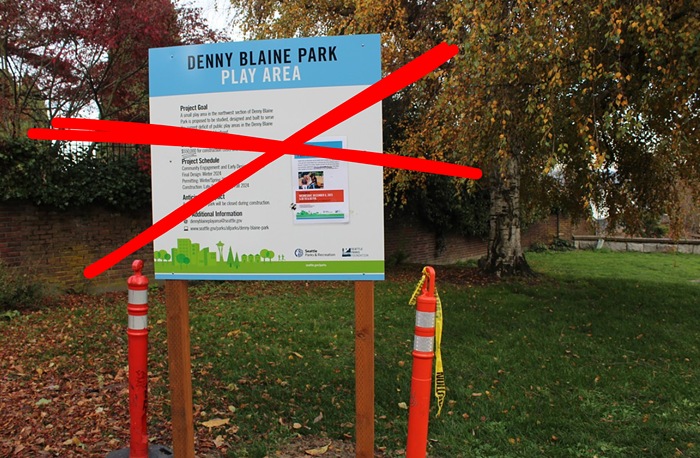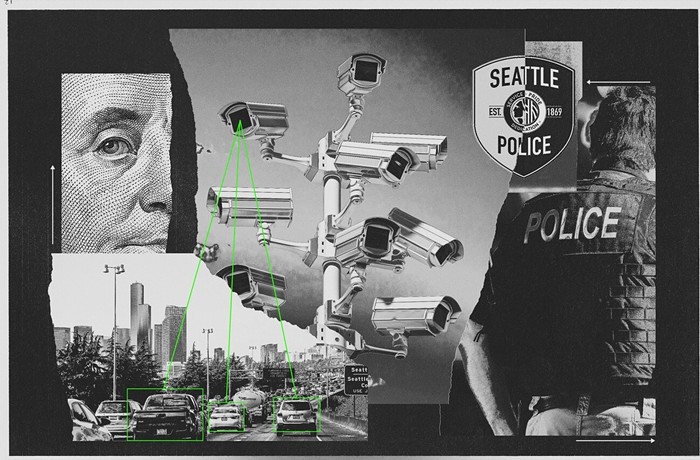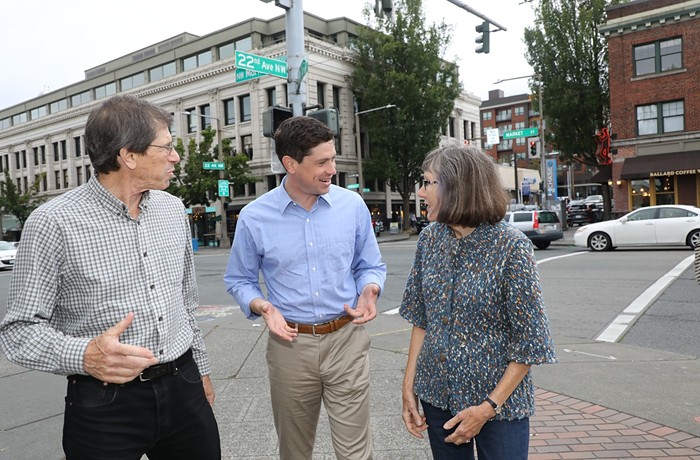Last week's meeting was, like the previous three, a bizarre exercise in contradictions. Four public meetings and more than 3,000 comments added up to this: People want their monorail stations to look good, not ugly, and blend into their community. Well, duh. What that means in practical terms is anyone's guess; surely nobody really thinks, as participants in the 35th Avenue and Avalon Way workshop suggested, that a monorail station can be designed to look like a forest, reflect the city's Native American heritage, and include greenery and waterfalls. Other shudder-inducing suggestions included stations designed to look like fishing ships (at the Ballard workshop) and stations that recall the Bubbleator from the 1962 World's Fair--suggestions that, in the words of lead station designer Alan Hart, "would be seen as crazy" if they came out of the mouth of an architect. "But when the public says it, it can be used as the basis for design."
Who is Hart kidding? Crazy ideas are crazy ideas, whether they come from the public or from seasoned professional architects. When pressed to explain the purpose of all this "input," monorail Executive Director Joel Horn acknowledged that "at some point, community input will be combined with good urban design." But why not take it one step further? Save community input for things that really matter, like the location of parking lots and public restrooms, and stop pretending a monorail station can look like a Craftsman bungalow or a forest. It's a public transit system, not a theme park.


















